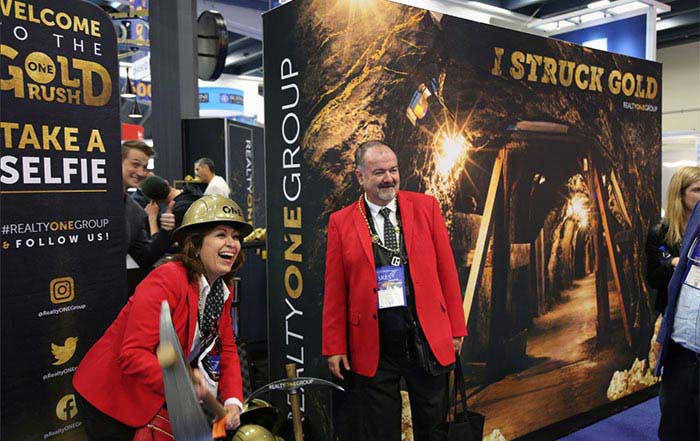Matrixport, Asia's fastest growing digital assets financial services platform with US$10 billion assets under management and custody, today introduced its new "Lite" version interface on the Matrixport App. Aimed at enhancing the customer experience for those who have recently embarked on their crypto investing journey, the launch of Matrixport Lite reflects the company's ongoing commitment to making crypto easy for everyone as part of its global roll-out.
Matrixport Lite features a simplified dashboard and a selected product offering that is friendly to crypto newbies. A step-by-step guide is also available from the moment they start exploring Matrixport Lite. While many digital asset platforms have lowered yields in the current environment, Matrixport Lite offers yield on USDC, USDT, BTC and ETH and its USD stablecoins fixed income product offers up to 7.5%. New customers enjoy 30% annualized yield for a specified period of time.
"Digital assets have enjoyed an incredible growth to date but without easy-to-use tools, many would-be investors are left out of the action. With Matrixport Lite, we have created a streamlined user interface and experience which places the needs of customers first, from accessibility to attractive yields. Through customer-centric product design, we will continue to address crypto's current pain points and lower entry barriers to welcome the next billion users. Our goal has always been making crypto easy for everyone," said Cynthia Wu, Founding Partner & Head of Business Development and Sales, Matrixport.
Matrixport continues to empower investors to get more from their crypto by charting new pathways to invest and earn yields in a safe and sustainable manner. It is now easier for a new generation of crypto investors to explore the benefits of digital assets in a user-friendly way – from seamless onboarding via bank wire or credit card directly into USDC, and earning yields on a trusted and secure platform.
Matrixport is Asia' fastest growing digital asset financial services platform. With US$10 billion in assets under management and custody, it provides one-stop crypto financial services with over US$5 billion in average monthly trading volumes. The offerings include Cactus Custody™, spot OTC, fixed income, structured products, lending as well as asset management.
Headquartered in Singapore, Matrixport's mission is to make it easy for everyone and its motto is "Get More From Your Crypto". The company has over 220 employees serving both institutions and retail customers across eight offices in Asia and Europe. It holds various licenses in Hong Kong, Switzerland and Singapore.




